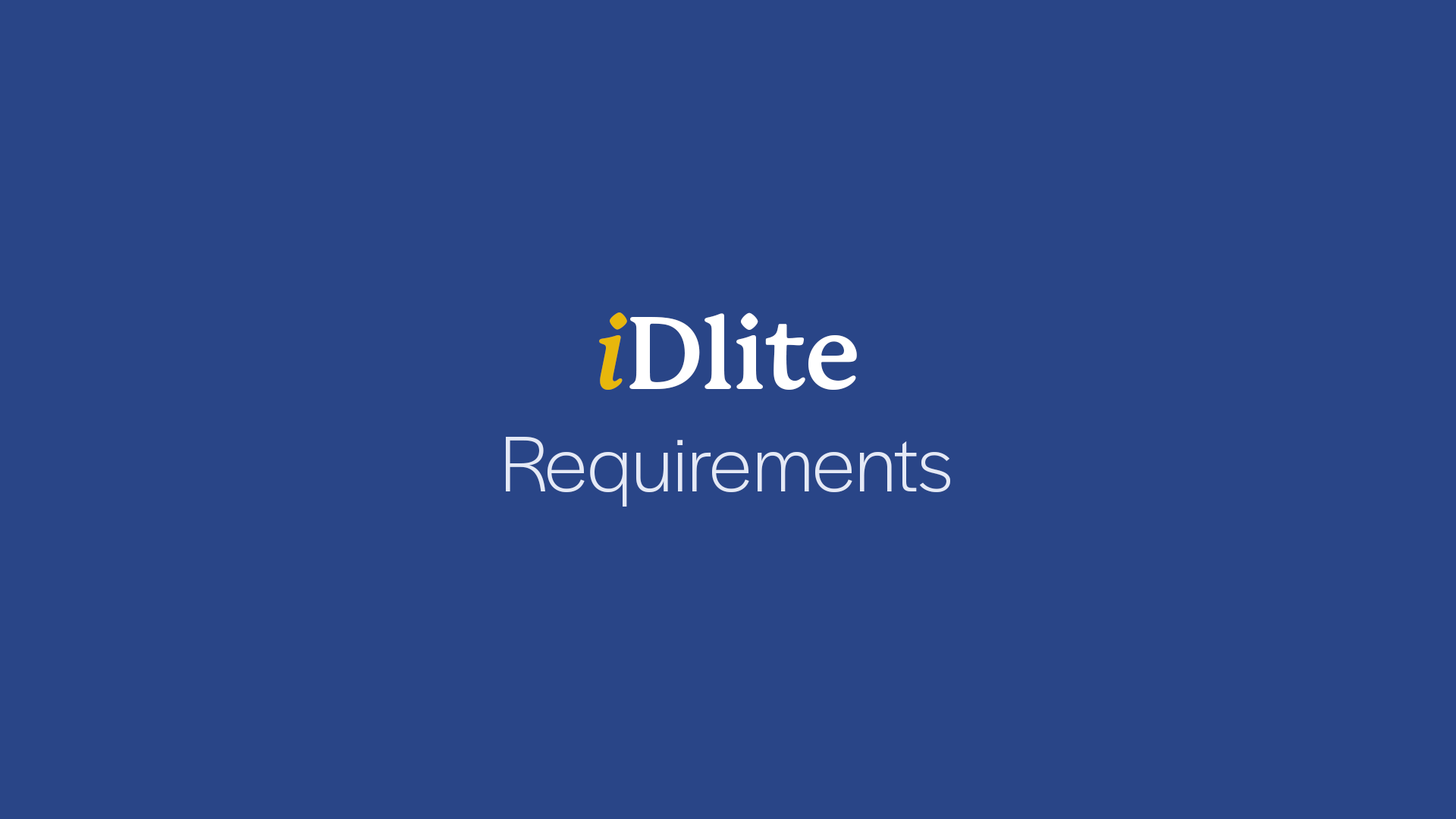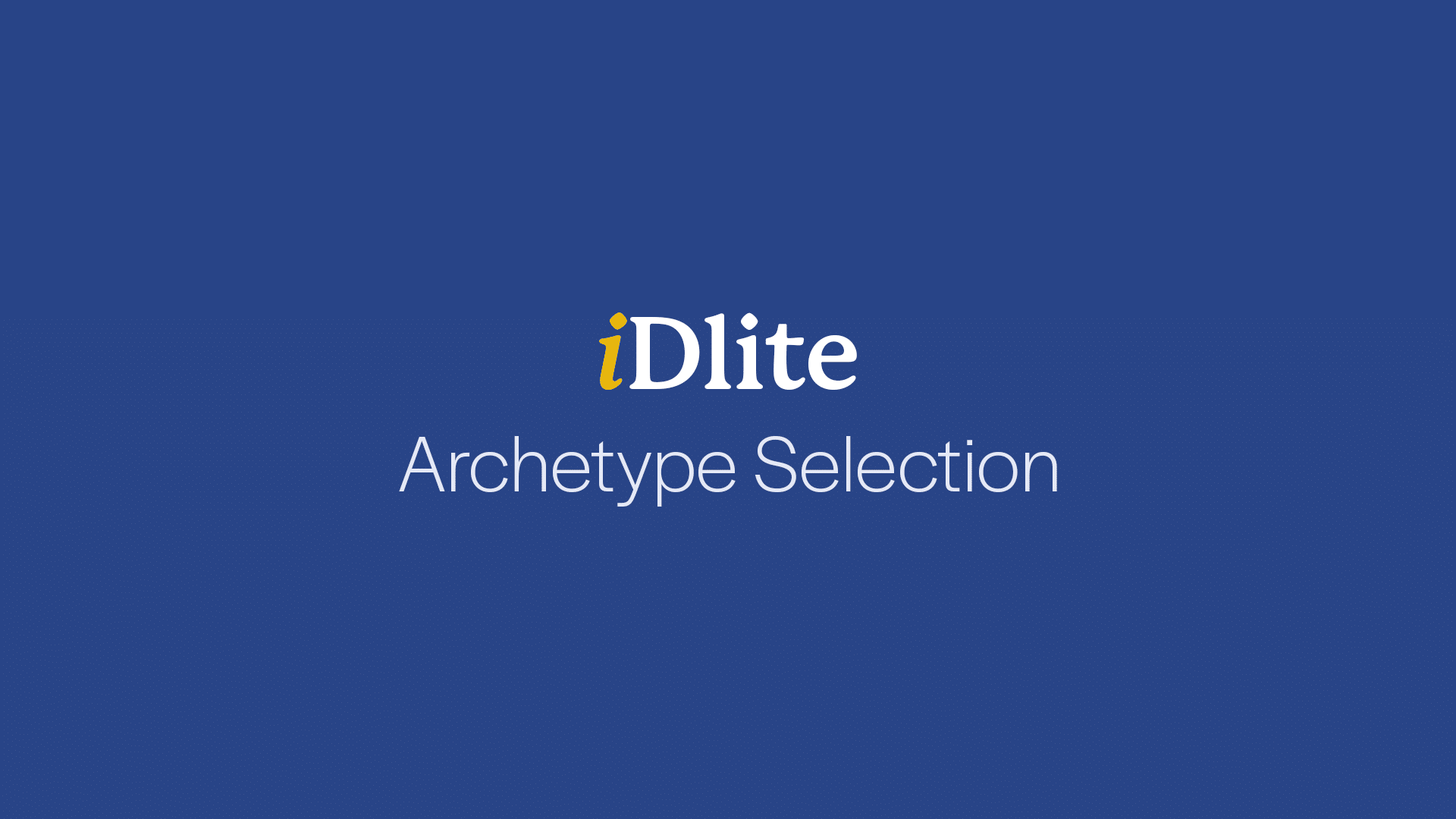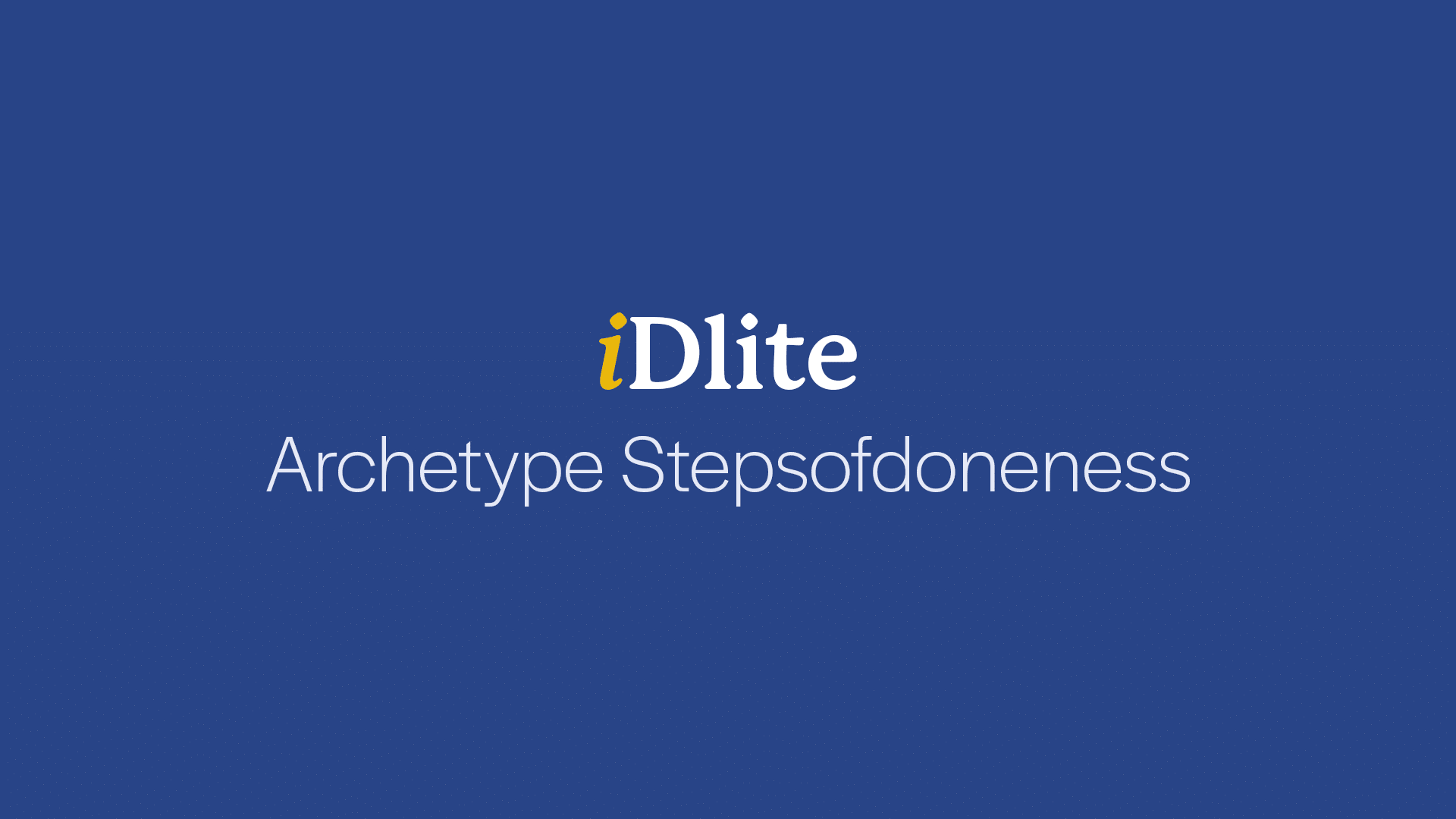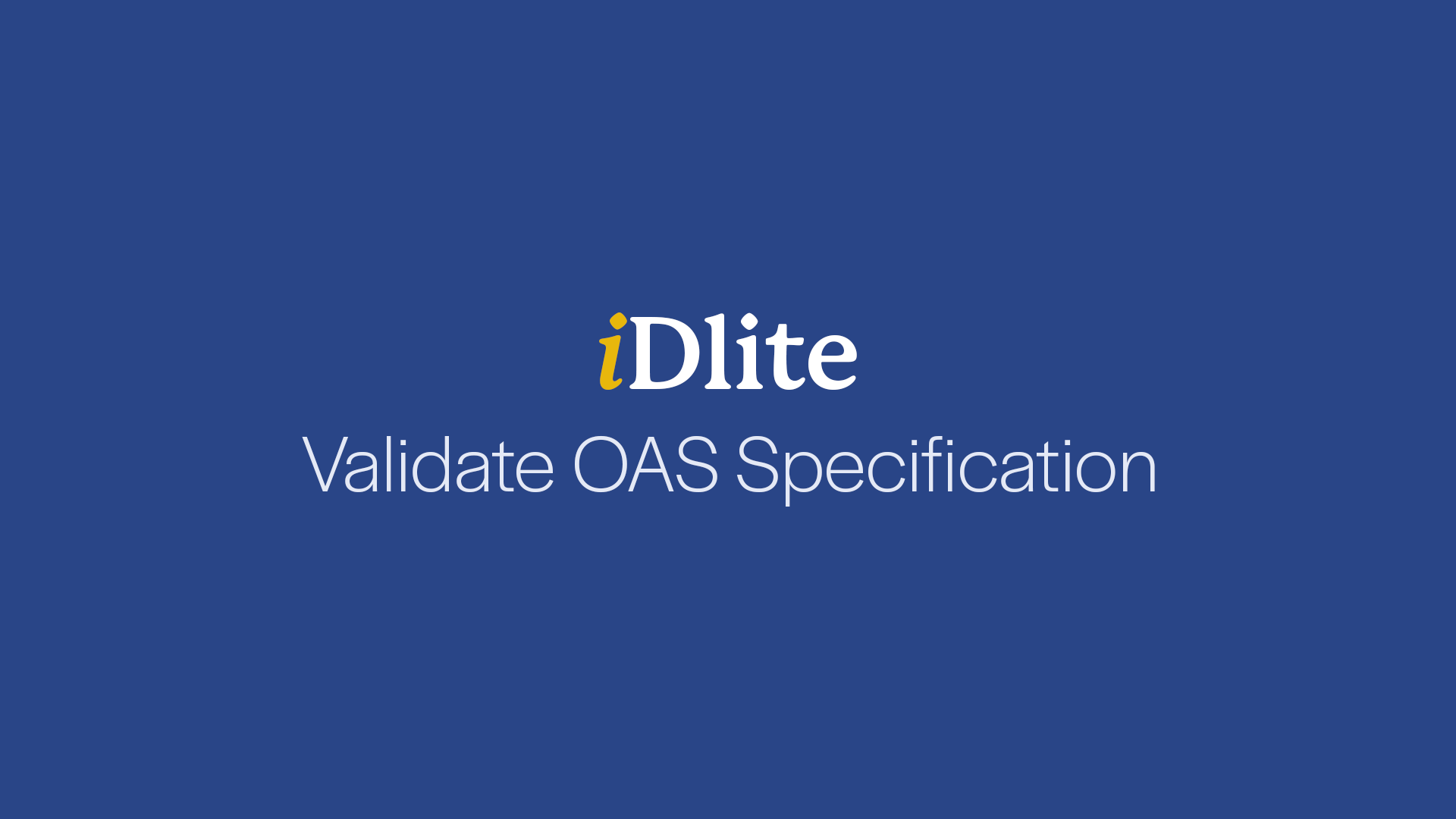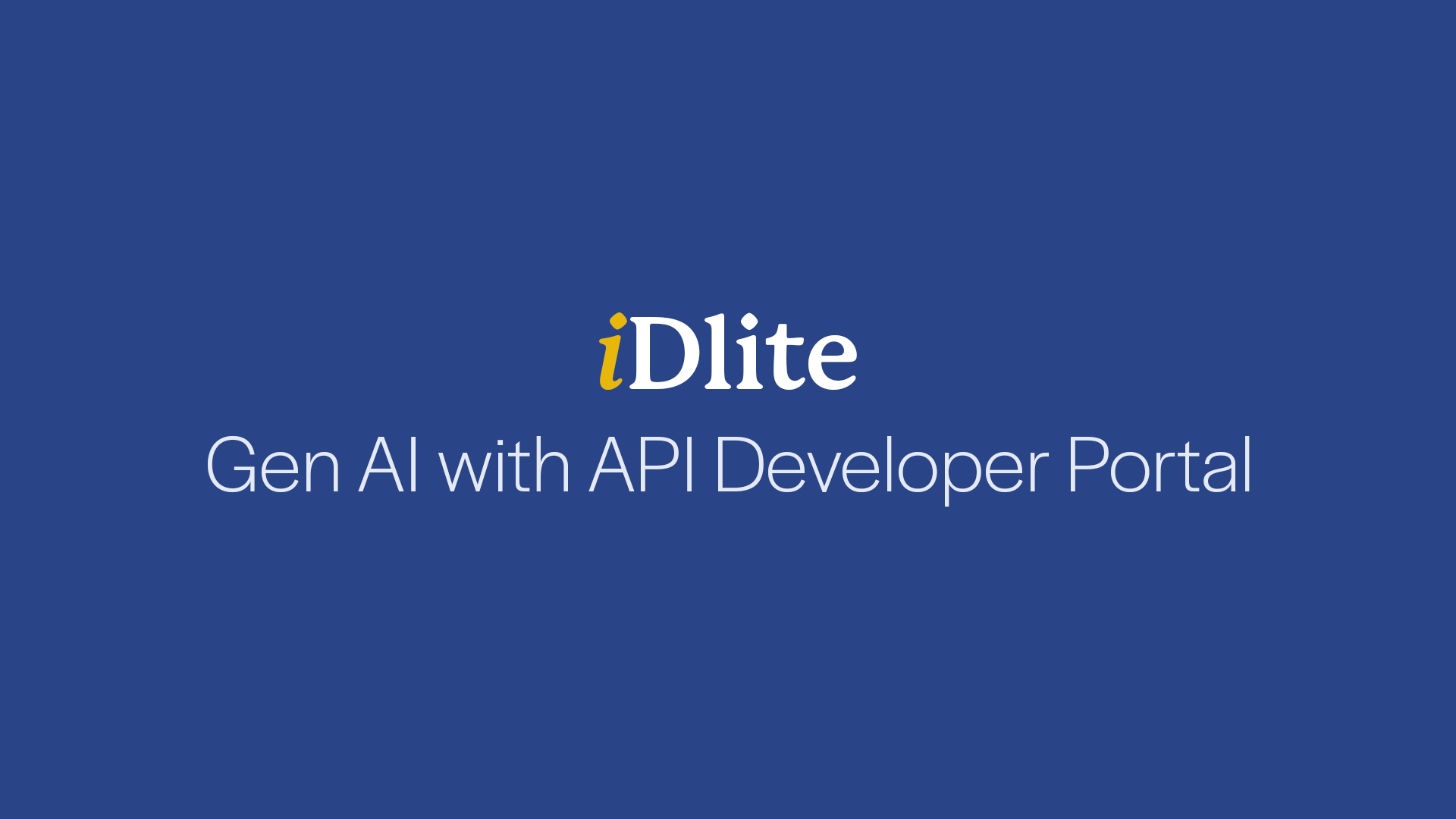

Client
Leading payroll and HR solutions provider
Goal
Develop automation strategy and framework that accommodates growth and ensures efficiency
Tools and Technologies
Ansible, AWS, Dynatrace, Gremlin, Groovy, Jenkins, Keptn, KICS, Python, Terraform
Business Challenge
The SRE (Site Reliability Engineering) shared services team faced a diverse set of needs relating to automation of infrastructure and services provisioning, configuration, and deployment.
The team was encountering resource constraints, as limited in-house expertise in certain automation tools and technologies was causing delays in meeting critical automation requirements. They also needed to ensure system reliability and were challenged to scale automation solutions to accommodate increasing demands as operations grow.

Solution
- Development of a comprehensive automation strategy to align with objectives, encompassing Terraform, Ansible, Python, Groovy, and other relevant technologies in the AWS environment
- Leveraging our expertise to bridge the knowledge gap, provide training, and augment the client team in handling complex automation tasks
- Implementation of a chaos engineering framework using Gremlin, Dynatrace, Keptn, and EDA tools, to proactively identify weaknesses and enhance system resilience
- Creation of a scalable automation framework that accommodates growing needs and ensures long-term efficiency

Outcomes
- A unified automation strategy that streamlined processes, reduced manual effort, and enhanced overall efficiency by 30%
- The implementation of chaos engineering and self-healing practices, which increased reliability between 20% and 50%
- A reduction in manual interventions along with improved efficiency that will result in cost savings of 25% - 50%

Our experts can help you find the right solutions to meet your needs.
Home » Services » Automation » Page 3

The evolution of quality engineering
Quality engineering in software development empowers organizations to achieve heightened quality, scalability and resilience.
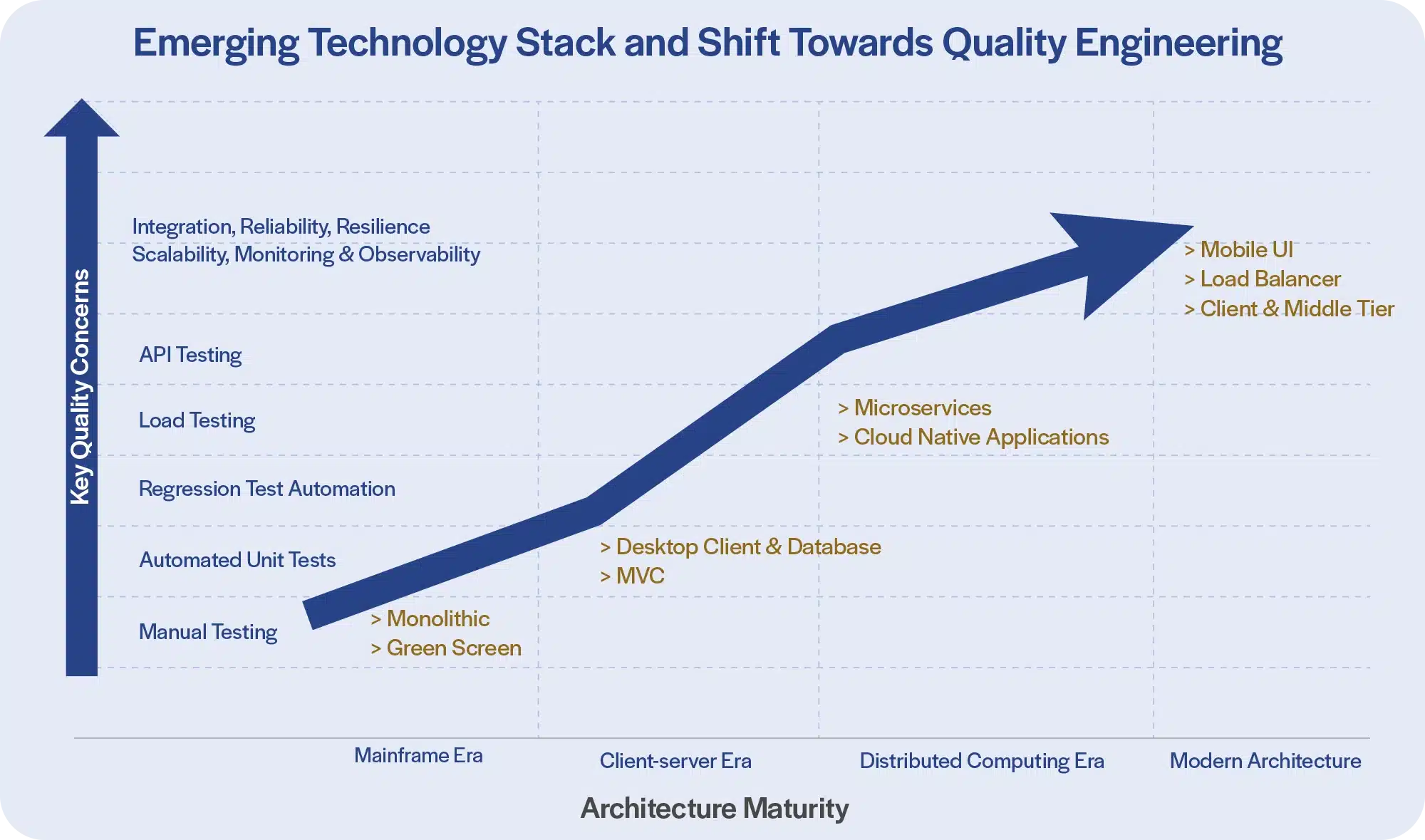
Quality Assurance (QA) has long been essential in software engineering, ensuring the development of products and applications with established standards and metrics. But QA has been reactive, focusing on defect detection through manual and automated testing. With the evolution of software development technology and methodologies, the limitations of traditional QA are evident. This perspective paper delves into the evolution of Quality Engineering (QE), which has transformed the approach to software quality. QE goes beyond QA and Test Automation to integrate quality practices throughout the Software Development Lifecycle (SDLC); it also addresses complexities in modern architectures such as microservices and cloud environments.
The journey from QA to QE is marked by several key milestones. Initially, software testing was a separate phase, conducted after development was complete. With the advent of Agile and DevOps methodologies, the need for continuous testing and early defect detection became apparent. This shift fostered the evolution of testing practices, embedding quality checks throughout the development cycle with the emerging adoption of cloud-native modern architecture, paving the way for what is now called Quality Engineering. Unlike the reactive nature of traditional QA and QA Automation, QE represents a proactive and integrated approach throughout the development lifecycle.
Organizations can significantly enhance product or application quality, optimize development workflows, and mitigate risks by addressing QE concerns at every phase of the SDLC. They could leverage structured QE approaches as mentioned above, and focus on a holistic view of quality in modern architecture.
Read our Perspective Paper for more insights on the evolution of quality engineering in software development.
Contact
Our experts can help you find the right solutions to meet your needs.
Get in touchQuality engineering optimizes a DLT platform



Client
A leading provider of financial services digitization solutions
Goal
Reliability assurance for a digital ledger technology (DLT) platform
Tools and Technologies
Kotlin, Java, Http Client, AWS, Azure, GCP, G42, OCP, AKS, EKS, Docker, Kubernetes, Helm Chart, Terraform
Business Challenge
A leader in Blockchain-based digital financial services required assurance for non-GUI (Graphic User Interface), Command Line Interface (CLI), microservices and Representational State Transfer (REST) APIs for a Digital Ledger Technology (DLT) platform, as well as platform reliability assurance on Azure, AWS services (EKS, AKS) to ensure availability, scalability, observability, monitoring and resilience (disaster recovery). It also wanted to identify capacity recommendations and any performance bottlenecks (whether impacting throughput or individual transaction latency) and required comprehensive automation coverage for older and newer product versions and management of frequent deliveries of multiple DLT product versions on a monthly basis.

Solution
- 130+ Dapps were developed and enhanced on the existing automation framework for terminal CLI and cluster utilities
- Quality engineering was streamlined with real-time dashboarding via Grafana and Prometheus
- Coverage for older and newer versions of the DLT platform was automated for smooth, frequent deliverables for confidence in releases
- The test case management tool, Xray, was implemented for transparent automation coverage
- Utilities were developed to execute a testing suite for AKS, EKS, local MAC/ Windows/ Linux cluster environments to run on a daily or as-needed basis

Outcomes
- Automation shortened release cycles from 1x/month to 1x/week; leads testing time was reduced by 80%
- Test automation coverage with 2,000 TCs was developed, with pass rate of 96% in daily runs
- Compatibility was created across AWS-EKS, Azure-AKS, Mac, Windows, Linux and local cluster
- Increased efficiency in deliverables was displayed, along with an annual $350K savings for TCMs
- An average throughput of 25 complete workflows per second was sustained
- Achieved a 95th percentile flow-completion time that should not exceed 10 seconds

Our experts can help you find the right solutions to meet your needs.
Home » Services » Automation » Page 3

Productionizing Generative AI Pilots
Get scalable solutions and unlock insights from information siloed across an enterprise by automating data extraction, streamlining workflows, and leveraging models.
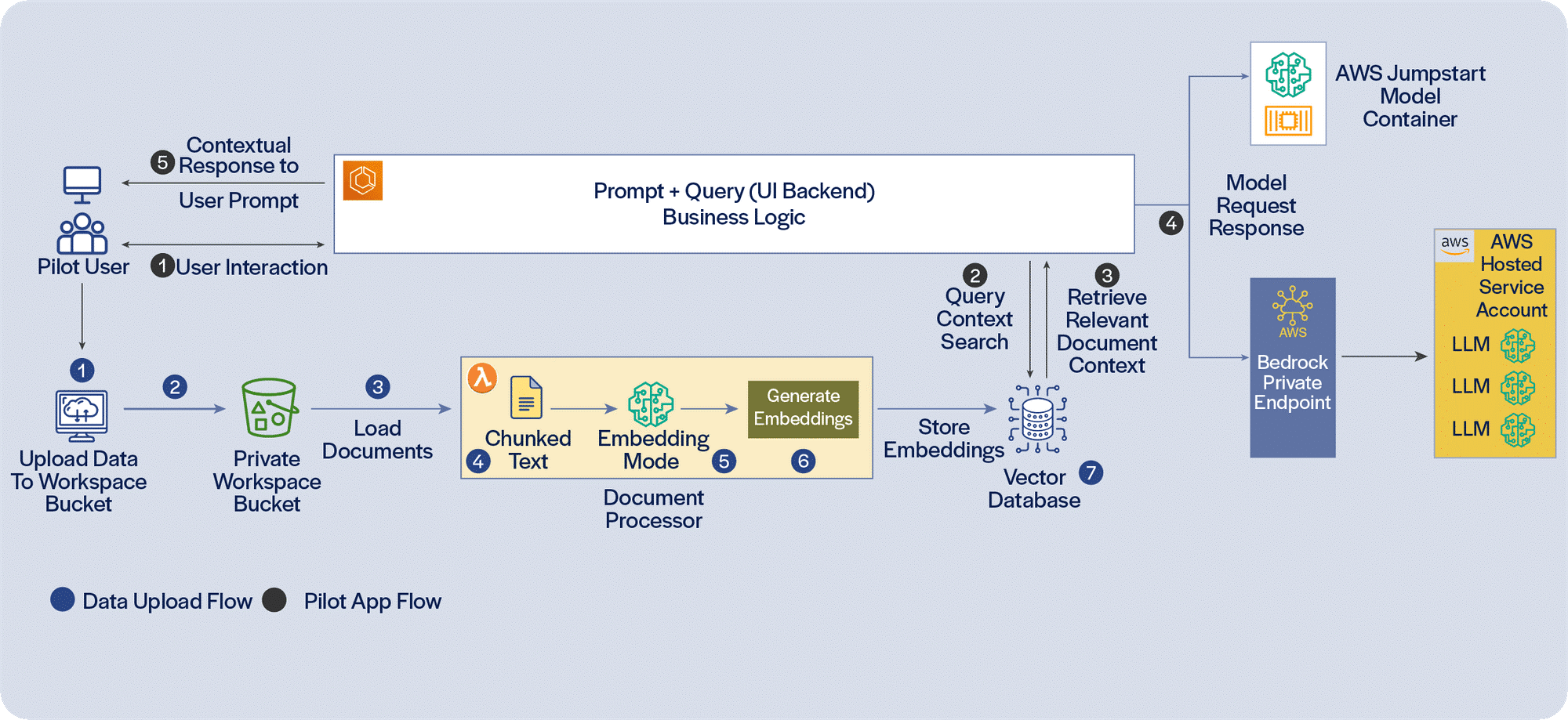
Enterprises have vast amounts of unstructured information such as onboarding documents, contracts, financial statements, customer interaction records, confluence pages, etc., with valuable information siloed across formats and systems.
Generative AI is now starting to unlock new capabilities, with vector databases and Large Language Models (LLMs) tapping into unstructured information using natural language, enabling faster insight generation and decision-making. The advent of LLMs, exemplified by the publicly-available ChatGPT, has been a game-changer for information retrieval and contextual question answering. As LLMs evolve, they’re not just limited to text. They’re becoming multi-modal, capable of interpreting charts and images. With a large number of offerings, it is very easy to develop Proofs of Concept (PoCs) and pilot applications. However, to derive meaningful value, the PoCs and pilots need to be productionized and delivered in significant scale.
PoCs/pilots deal with only the tip of the iceberg. Productionizing needs to address a lot more that does not readily meet the eye. To scale extraction and indexing information, we need to establish a pipeline that, ideally, would be driven by events, new documents generated and available, possibly through an S3 document store and SQS (Simple Queue Service), to initiate parsing of documents for metadata, chunking, creating vector embedding and persisting metadata and vector embedding to suitable persistence stores. There is a need for logging and exception-handling, notification and automated retries when the pipeline encounters issues.
While developing pilot applications using Generative AI is easy, teams need to carefully work through a number of additional considerations to take these applications to production, scale the volume of documents and the user-base, and deliver full value. It would be easier to do this across multiple RAG (Retrieval-Augmented Generation) applications, utilizing conventional NLP (Natural Language Processing) and classification techniques to direct user requests to different RAG pipelines for different queries. Implementing the capabilities required around productionizing Generative AI applications using LLMs in a phased manner will ensure that value can be scaled as the overall solution architecture and infrastructure is enhanced.
Read our perspective paper for more insights on Productionizing Generative AI Pilots.
Contact
Our experts can help you find the right solutions to meet your needs.
Get in touchHome » Services » Automation » Page 3
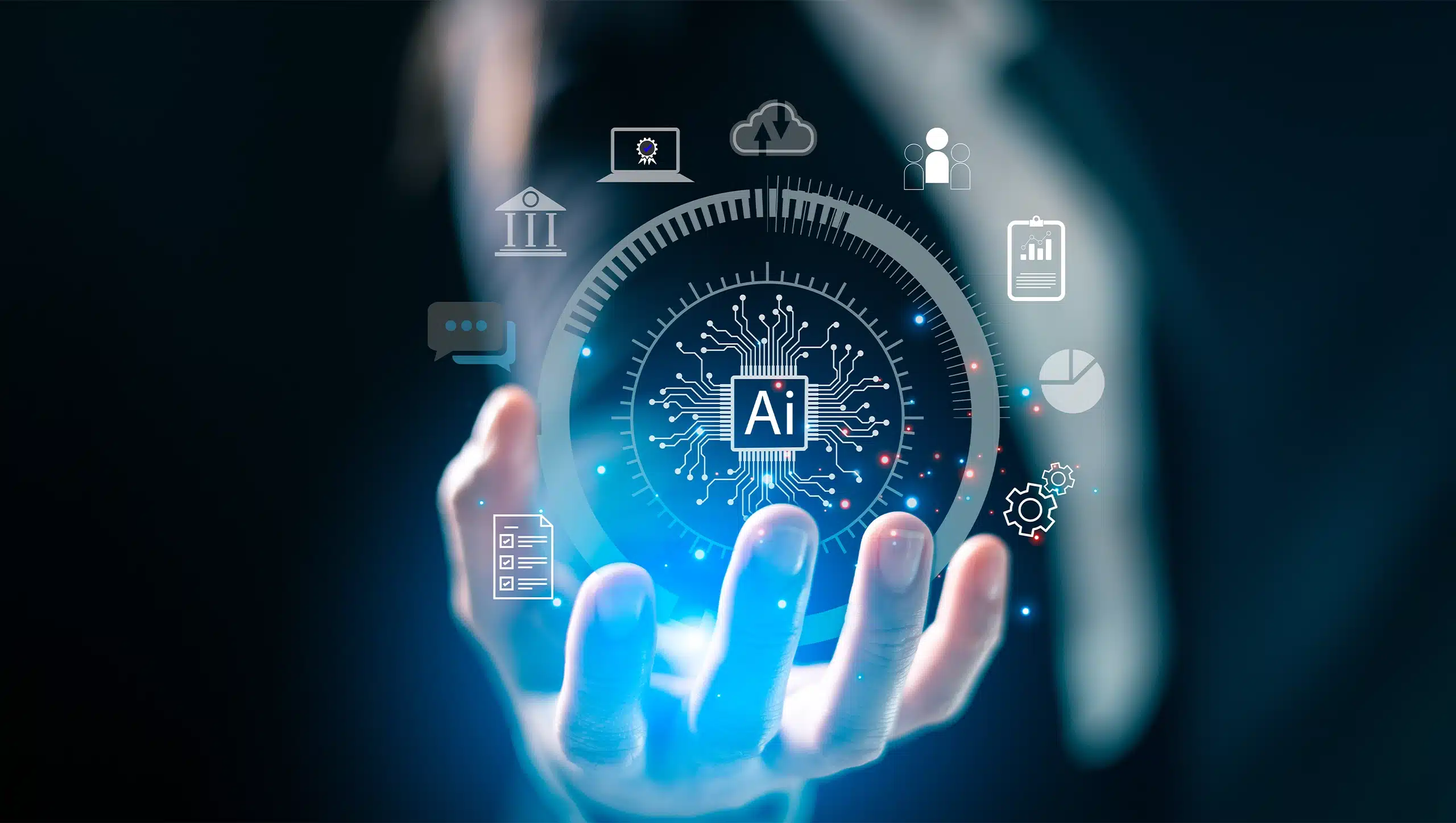
Leveraging Generative AI for asset tokenization
Enhance efficiency, security, and user experience by leveraging Generative AI in DLT-based asset tokenization.
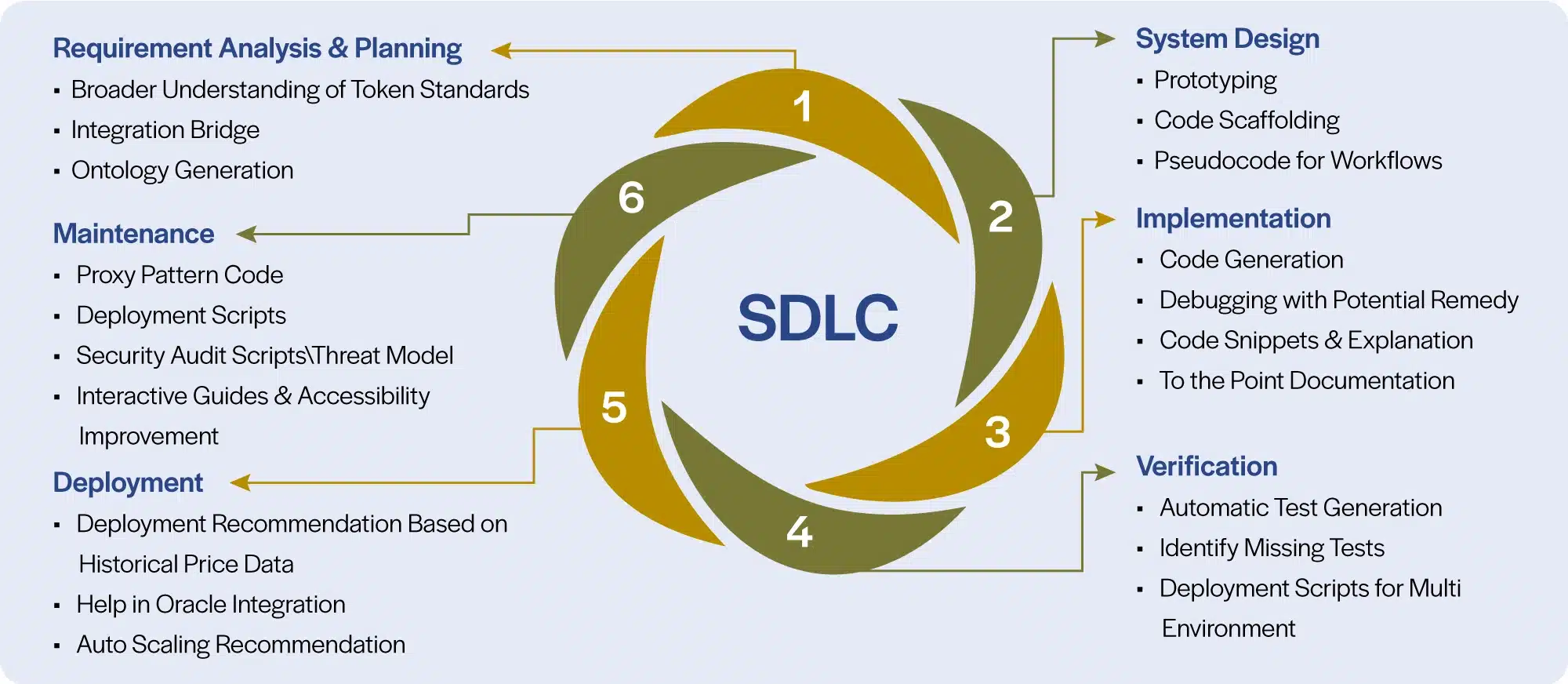
Asset tokenization is converting ownership rights of an asset that has traditionally resided within legacy or traditional systems into a digital token on a Distributed Ledger Technology (DLT) platform. This transformation enables numerous benefits, including fractional ownership, 24/7 availability, easier transferability, and enhanced liquidity.
Developing and deploying a comprehensive asset tokenization system on DLT is a full-scale software development endeavor encompassing all SDLC phases. Every phase presents challenges, including technology complexities, evolving business use cases, non-standardization, scarcity of resources, and reluctance to adopt.
As asset tokenization emerges as an essential solution for financial institutions, the integration of Gen AI amplifies customer value. Institutions can achieve unprecedented efficiency, accuracy, and innovation by leveraging Gen AI's capabilities throughout the asset tokenization process.
Gen AI is set to play a pivotal role in improving asset tokenization by contributing to the different phases of its implementation. Gen AI can assist both in the implementation phase and beforehand, as it can help produce synthetic financial data that closely resembles real market conditions conduct stress tests and other simulations, helping to strengthen the platform.
Read our Perspective Paper for more insights into the key phases, benefits and the road map to asset tokenization.
Contact
Our experts can help you find the right solutions to meet your needs.
Get in touchNC Tech Association Leadership Summit 2024
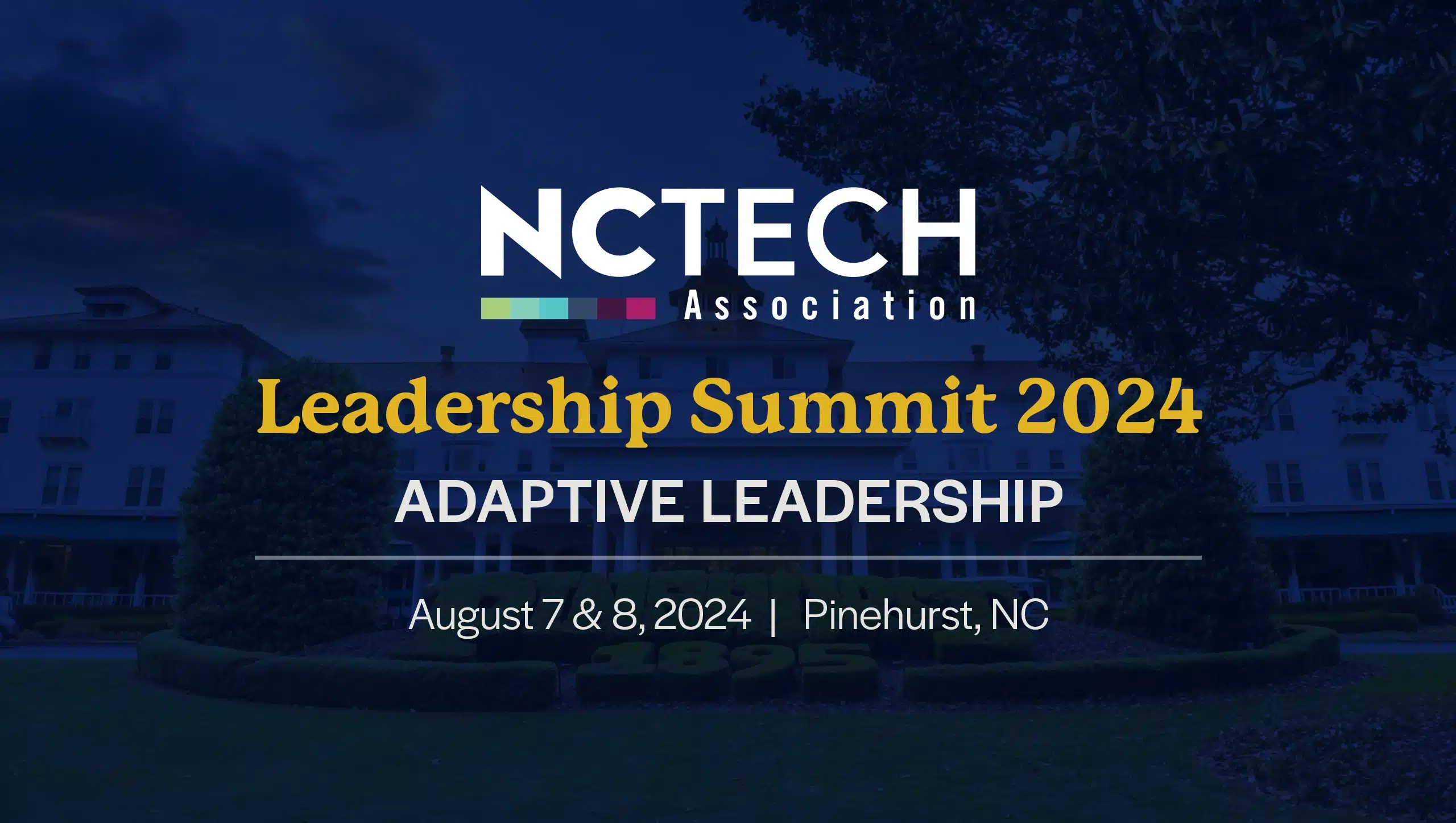
Iris Software will participate in the exclusive, attendance-capped, annual Leadership Summit hosted by the NC Tech Association, along with its board of directors and advisors, on August 7 & 8, 2024. Our representative, Senior Client Partner, Michel Abranches, will be among the executives gathering for the Summit, at the Pinehurst Resort in Pinehurst, NC, to network and discuss a variety of topics relevant to tech leaders and the projects and associates they manage.
The theme of this year’s summit is Adaptive Leadership. The event includes keynote addresses, executive workshops, and two panel discussions on ‘Why digital transformation is more about people than technology’ and ‘Building resilient tech teams: the power of emotional intelligence.’
As a technology provider to Fortune 500 and other leading global enterprises for more than 30 years, Iris is a trusted choice for leaders who want to realize the full potential of digital transformation. We deliver complex, mission-critical software engineering, application development, and advanced tech solutions that enhance business competitiveness and achieve key outcomes. Our agile, collaborative, right-sized teams and high-trust, high-performance, award-winning culture ensure clients enjoy top value and experience.
Contact Michel Abranches, based in our Charlotte, NC office, or visit www.irissoftware.com for details and success stories about our innovative approach and how we are leveraging the latest in AI / Gen AI / ML, Automation, Cloud, DevOps, Data Science, Enterprise Analytics, Integrations, and Quality Engineering.
Contact
Our experts can help you find the right solutions to meet your needs.
Get in touchHome » Services » Automation » Page 3

Real world asset tokenization can transform financial markets
Integration with Distributed Ledger Technologies is critical to realizing the full potential of tokenization.
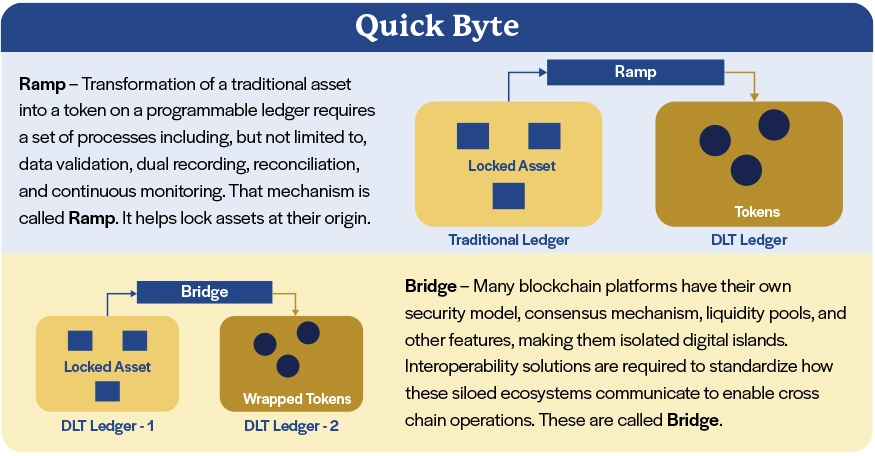
The global financial markets create and deal in multiple asset classes, including equities, bonds, forex, derivatives, and real estate investments. Each of them constitutes a multi-trillion-dollar market. These traditional markets encounter numerous challenges in terms of time and cost which impede accessibility, fund liquidity, and operational efficiencies. Consequently, the expected free flow of capital is hindered, leading to fragmented, and occasionally limited, inclusion of investors.
In response to these challenges, today's financial services industry seeks to explore innovative avenues, leveraging advancements such as Distributed Ledger Technology (DLT). Using DLTs, it is feasible to tokenize assets, thus enabling issuance, trading, servicing and settlement digitally, not just in whole units, but also in fractions.
Asset tokenization is the process of converting and portraying the unique properties of a real-world asset, including ownership and rights, on a Distributed Ledger Technology (DLT) platform. Digital and physical real-world assets, such as real estate, stocks, bonds, and commodities, are depicted by tokens with distinctive symbols and cryptographic features. These tokens exhibit specific behavior as part of an executable program on a blockchain.
Many domains, especially financial institutions, have started recognizing the benefits of tokenization and begun to explore this technology. Some of the benefits are fractional ownership, increased liquidity, efficient transfer of ownership, ownership representation and programmability.
With the recent surge in the adoption of tokenization, a diverse array of platforms has emerged, paving the way for broader success, but at the same time creating fragmented islands of ledgers and related assets. As capabilities mature and adoption grows, interconnectivity and interoperability across ledgers representing different institutions issuing/servicing different assets could improve, creating a better integrated market landscape. This would be critical to realizing the promise of asset tokenization using DLT.
Read our Perspective Paper for more insights on asset tokenization and its potential to overcome the challenges, the underlying technology, successful use cases, and issues associated with implementation.
Contact
Our experts can help you find the right solutions to meet your needs.
Get in touchHome » Services » Automation » Page 3
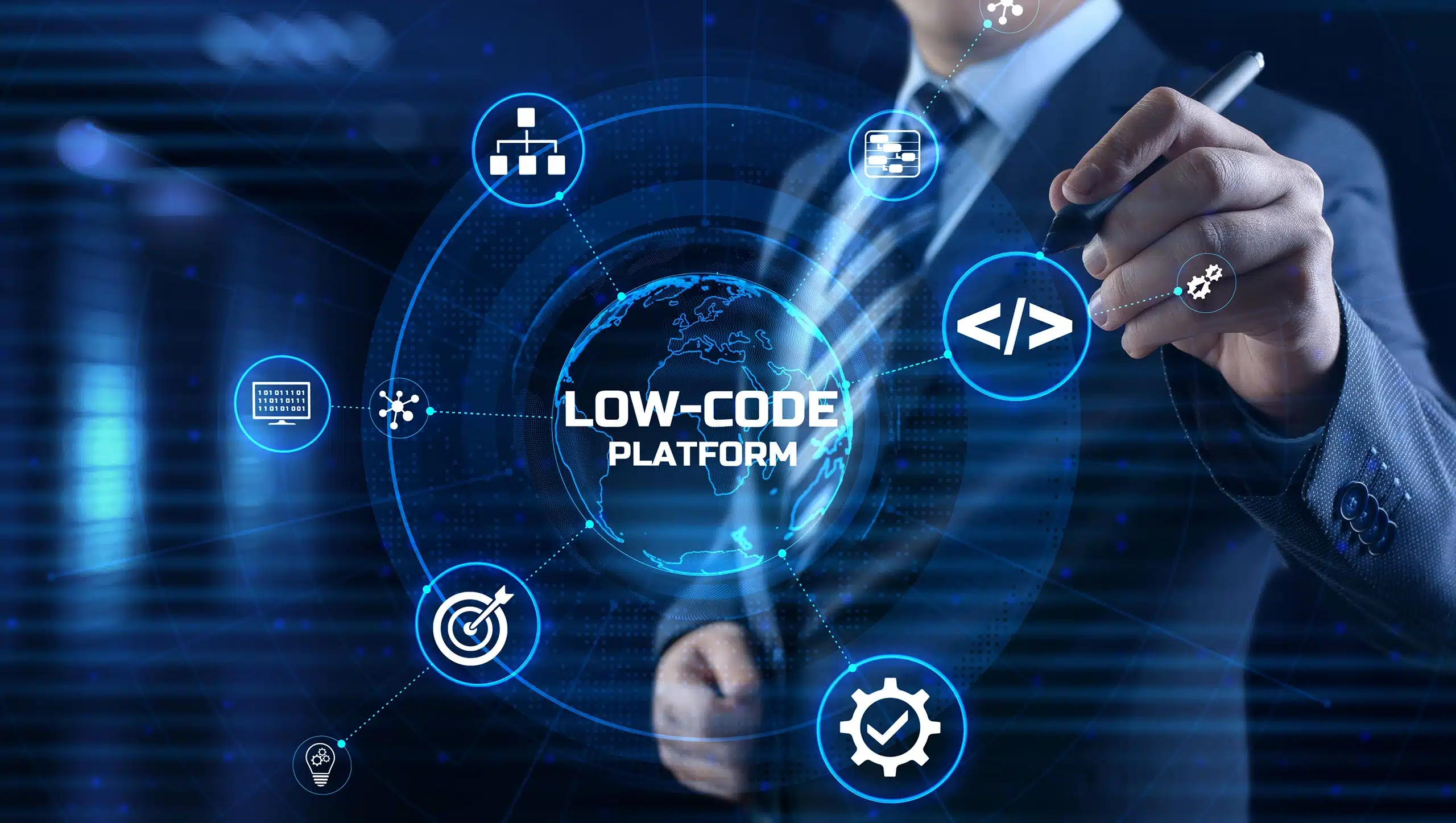
How Low-code Empowers Mission-critical End Users
Low-code platforms enable rapid conversions to technology-managed applications that provide end users with rich interfaces, powerful configurations, easy integrations, and enhanced controls.

Do you trust your data?
Data driven organizations are ensuring that their Data assets are cataloged and a lineage is established to fully derive value out of their data assets.
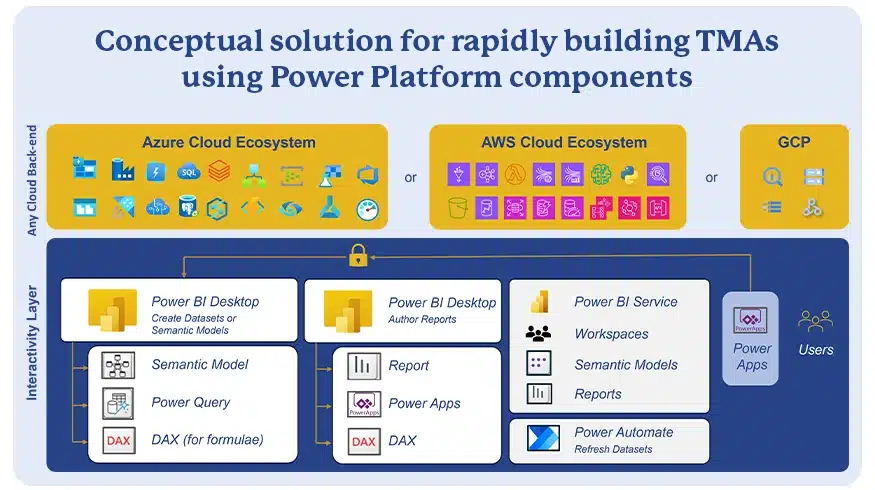
Many large and small enterprises utilize business-managed applications (BMAs) in their value chain to supplement technology-managed applications (TMAs). BMAs are applications or software that end users create or procure off-the-shelf and implement on their own; these typically are low-code or no-code software applications. Such BMAs offer the ability to automate or augment team-specific processes or information to enable enterprise-critical decision-making.
Technology teams build and manage TMAs to do a lot of heavy lifting by enabling business unit workflows and transactions and automating manual processes. TMAs are often the source systems for analytics and intelligence engines that drive off data warehouses, marts, lakes, lake-houses, etc. BMAs dominate the last mile in how these data infrastructures support critical reporting and decision making.
While BMAs deliver value and simplify complex processes, they bring with them a large set of challenges in security, opacity, controls collaboration, traceability and audit. Therefore, on an ongoing basis, business-critical BMAs that have become relatively mature in their capabilities must be industrialized with optimal time and investment. Low-code platforms provide the right blend of ease of development, flexibility and governance that enables the rapid conversion of BMAs to TMAs with predictable timelines and low-cost, high-quality output.
Read our Perspective Paper for more insights on using low-code platforms to convert BMAs to TMAs that provide end users with rich interfaces, powerful configurations, easy integrations, and enhanced controls.
Contact
Our experts can help you find the right solutions to meet your needs.
Get in touchConversational assistant boosts AML product assurance
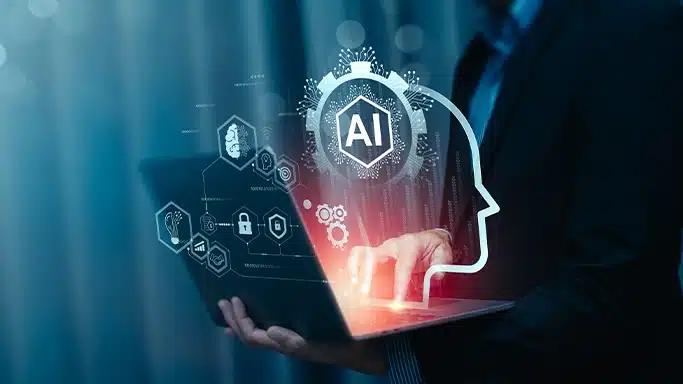

Anti-Money Laundering & Know-Your-Customer
Conversational assistant boosts AML product assurance

Client
A large global bank
Goal
Improve turnaround time to provide technical support for the application support and global product assurance teams
Tools and Technologies
React, Sentence–Bidirectional Encoder Representations from Transformers (S-BERT), Facebook AI Similarity Search (FAISS), and Llama-2-7B-chat
Business Challenge
The application support and global product assurance teams of a large global bank faced numerous challenges in delivering efficient and timely technical support as they had to manually identify solutions to recurring problems within the Known Error Database (KEDB), comprised of documents in various formats. With the high volume of support requests and limited availability of teams across multiple time zones, a large backlog of unresolved issues developed, leading to higher support costs.

Solution
Our team developed a conversational assistant using Gen AI by:
- Building an interactive customized React-based front-end
- Ringfencing a corpus of problems and solutions documented in the KEDB
- Parsing, formatting and extracting text chunks from source documents and creating vector embeddings using Sentence–Bidirectional Encoder Representations from Transformers (S-BERT)
- Storing these in a Facebook AI Similarity Search (FAISS) vector database
- Leveraging a local Large Language Model (Llama-2-7B-chat) to generate summarized responses

Outcomes
The responses generated using Llama-2-7B LLM were impressive and significantly reduced overall effort. Future enhancements to the assistant would involve:
- Creating support tickets based on information collected from users
- Categorizing tickets based on the nature of the problem
- Automating repetitive tasks such as access requests / data volume enquiries / dashboard updates
- Auto-triaging support requests by asking users a series of questions to determine the severity and urgency of the problem

Our experts can help you find the right solutions to meet your needs.
AI-powered summarization boosts compliance workflow



Client
A leading specialty property and casualty insurer
Goal
Improve underwriters’ ability to review policy submissions by providing easier access to information stored across multiple, voluminous documents.
Tools and Technologies
Azure OpenAI Service, React, Azure Cognitive Services, Llama-2-7B-chat, OpenAI GPT 3.5-Turbo, text-embedding-ada-002 and all-MiniLM-L6-v2
Business Challenge
The underwriters working with a leading specialty property and casualty insurer have to refer to multiple documents and handbooks, each running into several hundreds of pages, to understand the relevant policies and procedures, key to the underwriting process. Significant effort was required to continually refer to these documents for each policy submission.

Solution
A Gen-AI enabled conversational assistant for summarizing information was developed by:
- Building a React-based customized interactive front end
- Ringfencing a knowledge corpus of specific documents (e.g., an insurance handbook, loss adjustment and business indicator manuals, etc.)
- Leveraging OpenAI embeddings and LLMs through Azure OpenAI Service along with Azure Cognitive Services for search and summarization with citations
- Developing a similar interface in the Iris-Azure environment with a local LLM (Llama-2-7B-chat) and embedding model (all-MiniLM-L6-v2) to compare responses

Outcomes
Underwriters significantly streamlined the activities needed to ensure that policy constructs align with applicable policies and procedures and for potential compliance issues in complex cases.
The linguistic search and summarization capabilities of the OpenAI GPT 3.5-Turbo LLM (170 bn parameters) were found to be impressive. Notably, the local LLM (Llama-2-7B-chat), with much fewer parameters (7 bn), also produced acceptable results for this use case.

Our experts can help you find the right solutions to meet your needs.
Industries
Company


